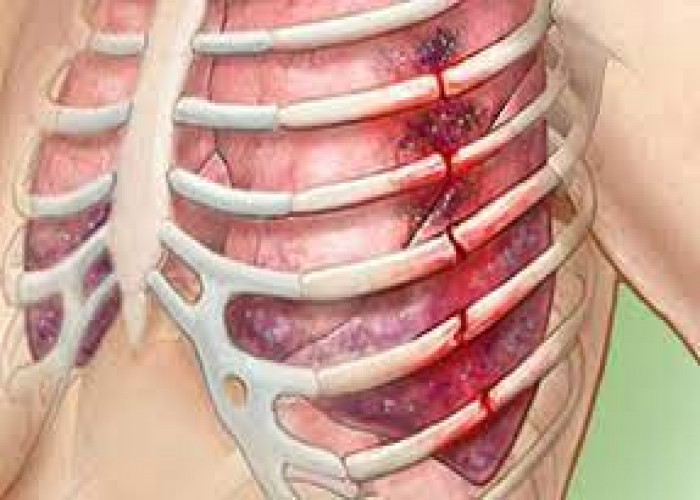 Welcome
Welcome
“May all be happy, may all be healed, may all be at peace and may no one ever suffer."
Broken ribs

A broken rib, also known as a rib fracture, is a common injury that occurs when one or more of the ribs in the chest are broken or cracked. Symptoms include pain, tenderness, difficulty breathing, and possibly bruising or swelling. Treatment usually involves pain management and allowing the ribs to heal on their own, which can take several weeks to several months. In severe cases, surgery may be necessary to repair the broken ribs. It's important to follow your doctor's advice and avoid activities that may aggravate the injury while it heals, such as strenuous exercise or heavy lifting.
Research Papers
Disease Signs and Symptoms
- Ribs pain
- Chest pain
- Broken ribs
Disease Causes
Broken ribs
Broken ribs are most commonly caused by direct impacts — such as those from motor vehicle accidents, falls, child abuse or contact sports. Ribs also can be fractured by repetitive trauma from sports like golf and rowing or from severe and prolonged coughing.
Disease Prevents
Broken ribs
The following measures may help you prevent a broken rib:
- Protect yourself from athletic injuries. Wear protective equipment when playing contact sports.
- Reduce the risk of household falls. Remove clutter from your floors and clean spills promptly, use a rubber mat in the shower, keep your home well-lit, and put skidproof backing on carpets and area rugs.
- Strengthen your bones. Getting enough calcium and vitamin D in your diet is important for maintaining strong bones. Aim for about 1,200 milligrams of calcium and 600 International Units of vitamin D daily from food and supplements.
Disease Treatments
Most broken ribs heal on their own within six weeks. Restricting activities and icing the area regularly can help with healing and pain relief.
Medications
It's important to obtain adequate pain relief — if it hurts to breathe deeply, you may develop pneumonia. If oral medications don't help enough, your doctor might suggest injections of long-lasting anesthesia around the nerves that supply the ribs.
Therapy
Once your pain is under control, your doctor might prescribe breathing exercises to help you breathe more deeply because shallow breathing can put you at risk of developing pneumonia.
In the past, doctors would use compression wraps — elastic bandages that you can wrap around your chest — to help splint and immobilize the area. Compression wraps aren't recommended for broken ribs anymore because they can keep you from breathing deeply, which can increase the risk of pneumonia.
Disease Diagnoses
Disease Allopathic Generics
Disease Ayurvedic Generics
Disease Homeopathic Generics
Disease yoga
Broken ribs and Learn More about Diseases
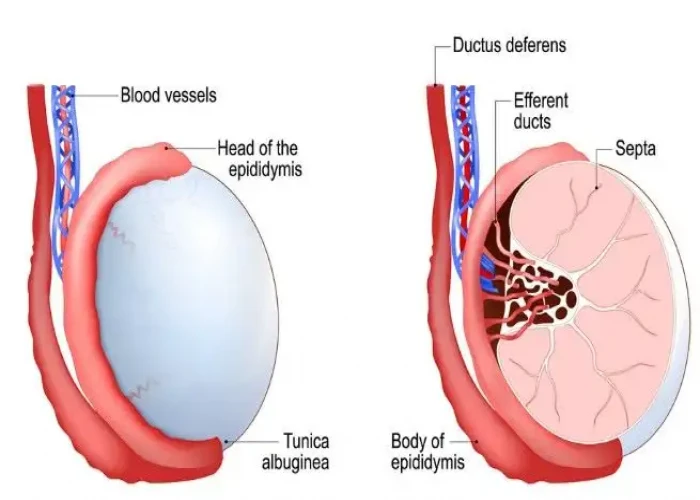
Scrotal masses
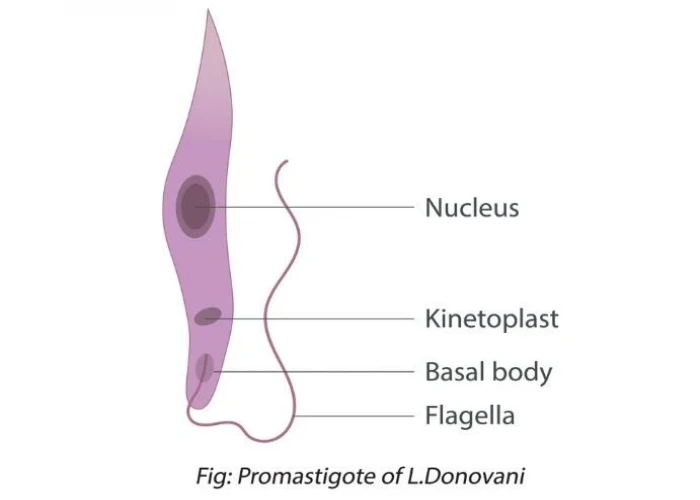
Kala Azar
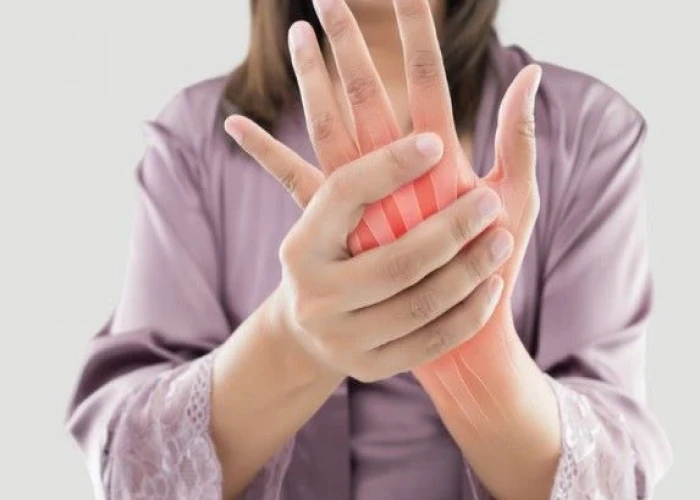
Rheumatoid arthritis
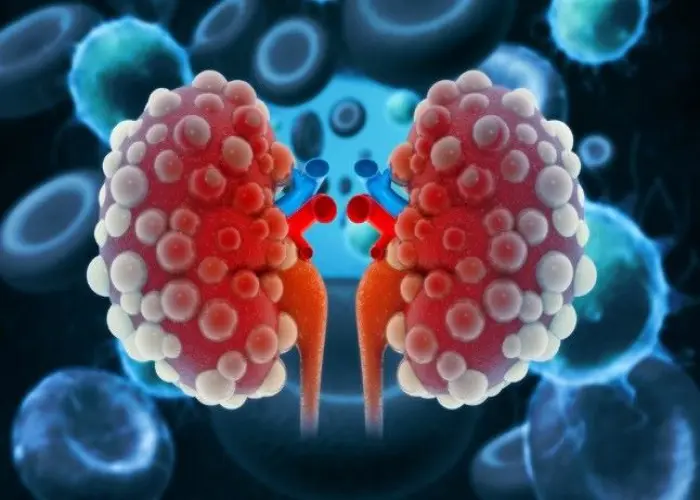
End-stage renal disease

Borderline personality disorder

Hepatopulmonary syndrome

Voice disorders

Osteochondritis dissecans
Broken ribs, Bruised ribs, Rib fracture, ভাঙ্গা পাঁজর
To be happy, beautiful, healthy, wealthy, hale and long-lived stay with DM3S.
